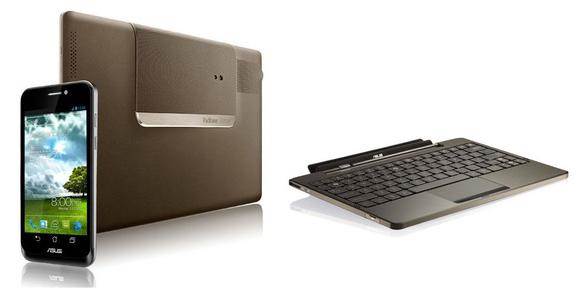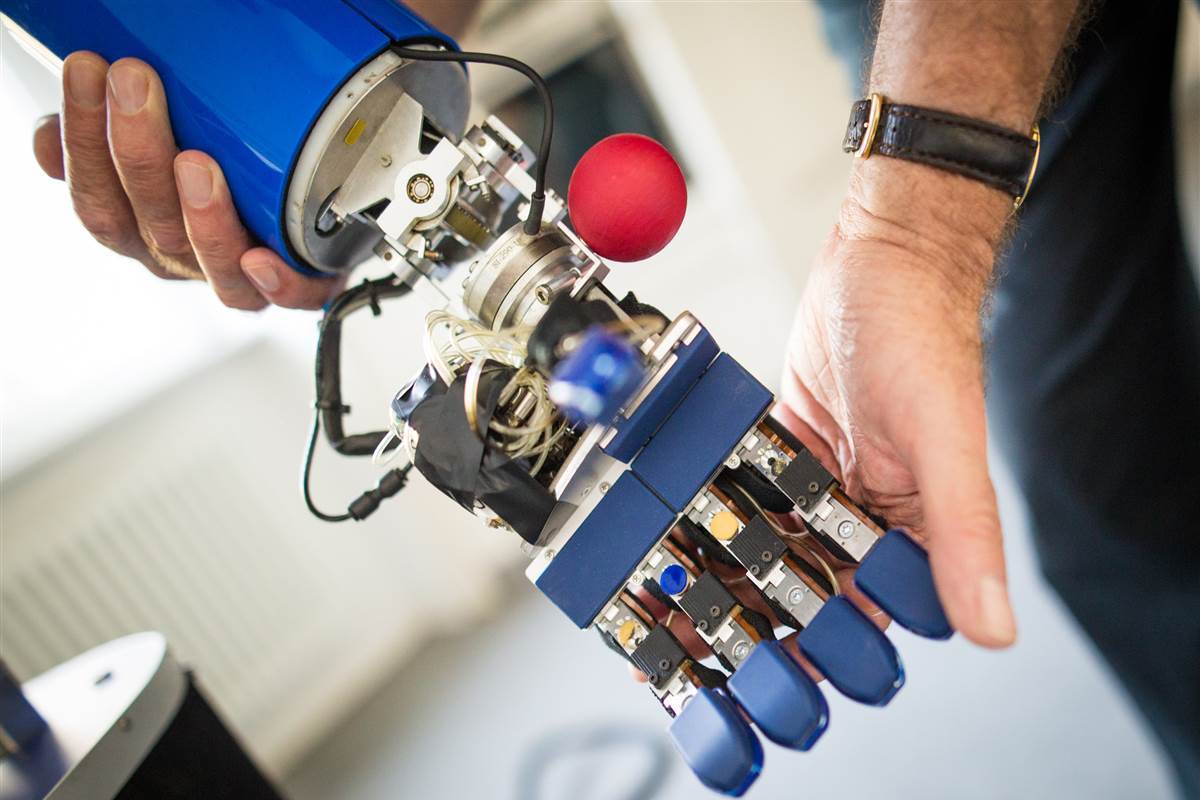It’s a tablet computer. It’s a phone. No, it’s both. It’s an ASUS Padfone.
ASUS Chairman Jonney Shih unveiled the Padfone, along with several other innovations, at Computex 2011. The Padfone is supposed to reveal the possibilities of mobile computing and communication with a convergent device that combines two popular form factors. The Padfone allows consumers to choose the screen size that best fits their activities while empowering data sharing on 3G networks.
Despite all the hoopla about the convergent device, though, some analysts are skeptical. Avi Greengart of Current Analysis is one of them. As he sees it, convergent devices always look good on paper, but are rarely as functional as engineers expect them to be.
Half-Baked?
“People try these half devices over and over again. You look at the design on paper and you say, ‘What is one of these tablet phones but just a really large phone? If I already have the phone, why not just supplement that with a bigger battery and a screen and I should be home free?'” Greengart said. “The problem is consumers don’t buy products that way. They buy the best phone for their needs, and if they need a tablet, they buy the best tablet for their needs.”
Greengart is boldly declaring that the ASUS Padfone isn’t likely to be the best smartphone or tablet. Although he concedes it may be a nice phone for many, he questioned how well it can compete against the latest Samsung, Apple, LG or HTC smartphone. From his perspective, the Padfone looks like a fairly generic phone without any specific styling cues or technical features that make it outstanding. He isn’t too impressed with the tablet, either.
“The pad part of the device is completely nonfunctional if you don’t have the phone docked inside it. So if you are buying…
 Motorola DROID X Android Phone (Verizon Wireless)
Motorola DROID X Android Phone (Verizon Wireless)Stay connected when you’re on the go with this mobile phone that features Internet and e-mail access for keeping in touch online. …
 Nokia 2720 S40 Unlocked Flip Phone with 1.3 MP Camera with Bluetooth–US Version with Full Warranty
Nokia 2720 S40 Unlocked Flip Phone with 1.3 MP Camera with Bluetooth–US Version with Full WarrantyThe LG Optimus (LG GT540) is a smart choice for the first-time smartphone users with access to the exciting world of Android apps …





